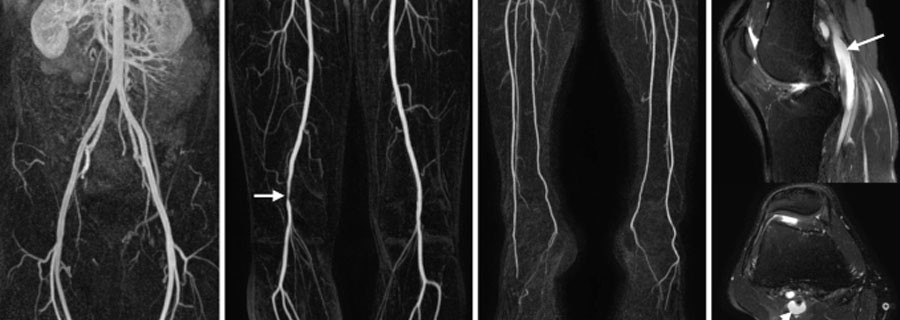Noninvasive Angiography Of Peripheral Arteries

Noninvasive angiography of peripheral arteries is a medical imaging technique used to visualize and assess the blood vessels in the peripheral parts of the body, such as the arms, legs, and neck, without the need for invasive procedures like catheterization. It is primarily employed to diagnose conditions related to peripheral arterial disease (PAD) and evaluate blood flow in these areas.
Several noninvasive imaging modalities can be utilized for peripheral angiography:
- Duplex Ultrasonography: This technique combines conventional ultrasound imaging with Doppler ultrasound to visualize blood flow and identify any abnormalities in the peripheral arteries. It can measure blood flow velocity and detect areas of stenosis or blockage.
- Magnetic Resonance Angiography (MRA): MRA uses a magnetic field and radio waves to create detailed images of blood vessels. It is particularly useful for visualizing larger vessels and is less reliant on contrast agents than computed tomography (CT) angiography.
- Computed Tomography Angiography (CTA): CTA involves the injection of a contrast dye into a vein to enhance the visibility of blood vessels while performing a CT scan. It provides high-resolution images of peripheral arteries and can identify arterial stenosis or occlusions.
